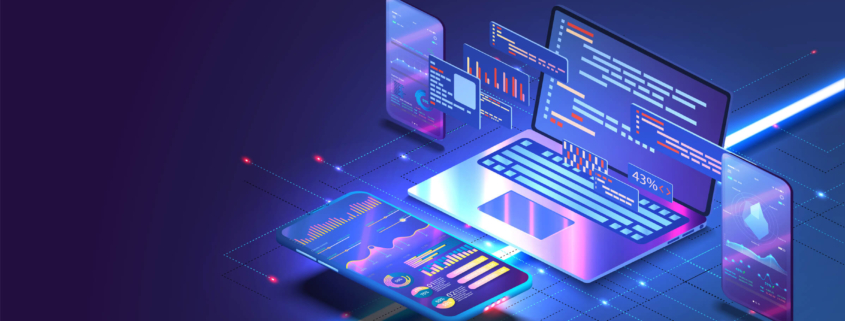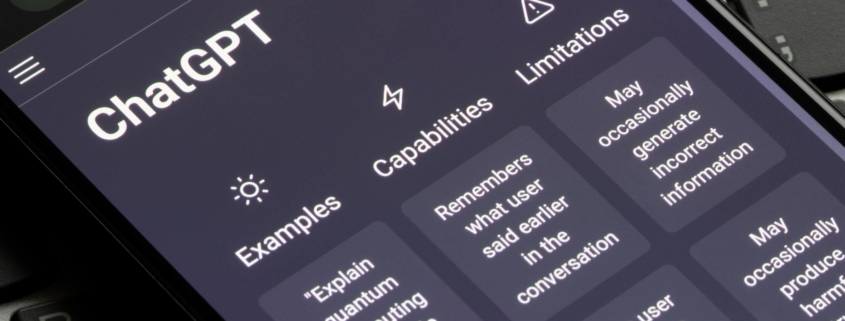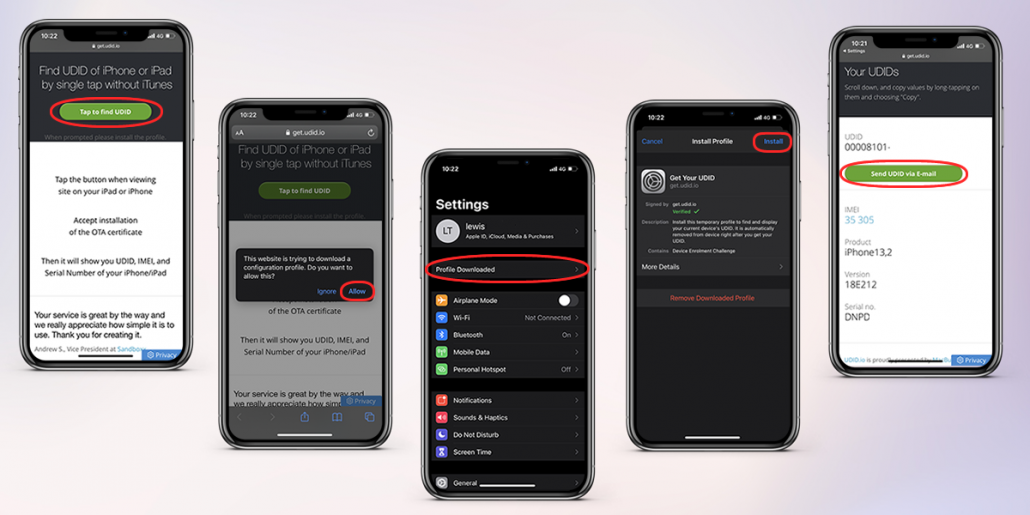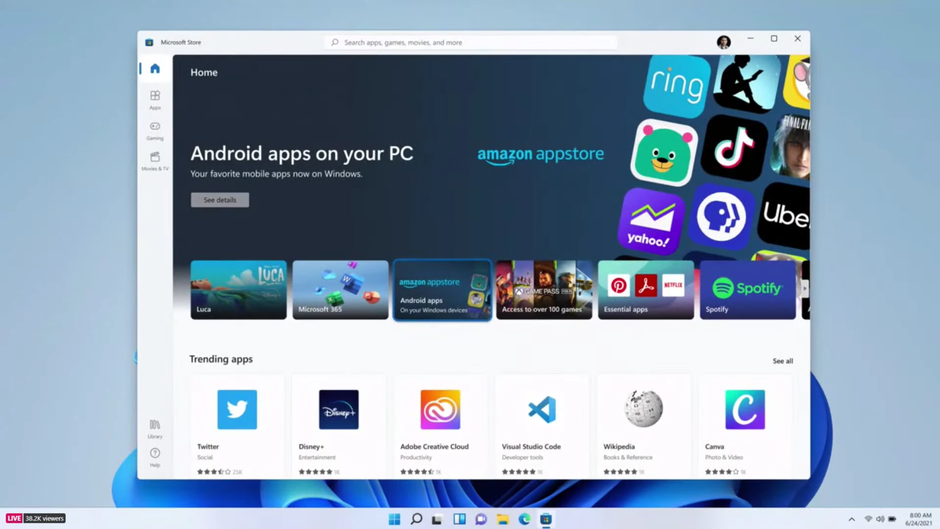As businesses increasingly rely on technology, safeguarding your company’s data through mobile application security has become a critical concern. Mobile apps, serving as primary channels for business transactions and information exchanges, are susceptible to cyber threats. Consequently, maintaining optimal app security is crucial to safeguard confidential information and thwart malicious actors. This article delves into the evolving landscape of mobile app security and its implications for your business.
Exploring the future of mobile application security
Mobile applications have become integral to our daily lives, streamlining tasks with intuitive interfaces and user-friendly features. However, the surge in cyber threats raises security concerns. We as developers and security professionals continually innovate to bolster mobile app security, employing measures like multi-factor authentication, biometric identification, and advanced encryption techniques. Security testing and audits are also evolving to comprehensively identify vulnerabilities in the code.
Cyber attackers are adapting strategies previously successful on personal computers for mobile devices. Ransomware, mobile phishing, cryptocurrency mining, cross-platform banking, and infiltrating nearby devices are among the tactics employed. To counter these threats, it’s important to employ unique techniques, leveraging emerging technologies such as artificial intelligence (AI) and machine learning (ML).
Securing mobile devices against evolving threats requires staying abreast of emerging technologies. With AI, ML, and the Internet of Things on the rise, mobile app security must adapt to these trends.
Implications of the future of mobile application security for businesses
The future of mobile app security poses challenges and opportunities for businesses. Proactive measures are essential, with companies continually updating strategies to outpace evolving threats. Investing in training and hiring skilled professionals to develop and implement robust security measures is crucial. This not only fortifies defences against cyber threats but also ensures compliance with regulatory standards.
Anticipate a surge in advanced security methods and AI-powered solutions in mobile app security in the coming years. This trend promises enhanced protection for businesses and their customers, improving user experience by reducing friction associated with traditional security measures.
Contact PNP Digital for App Development or if you would like to investigate increasing security through the use of mobile applications.











